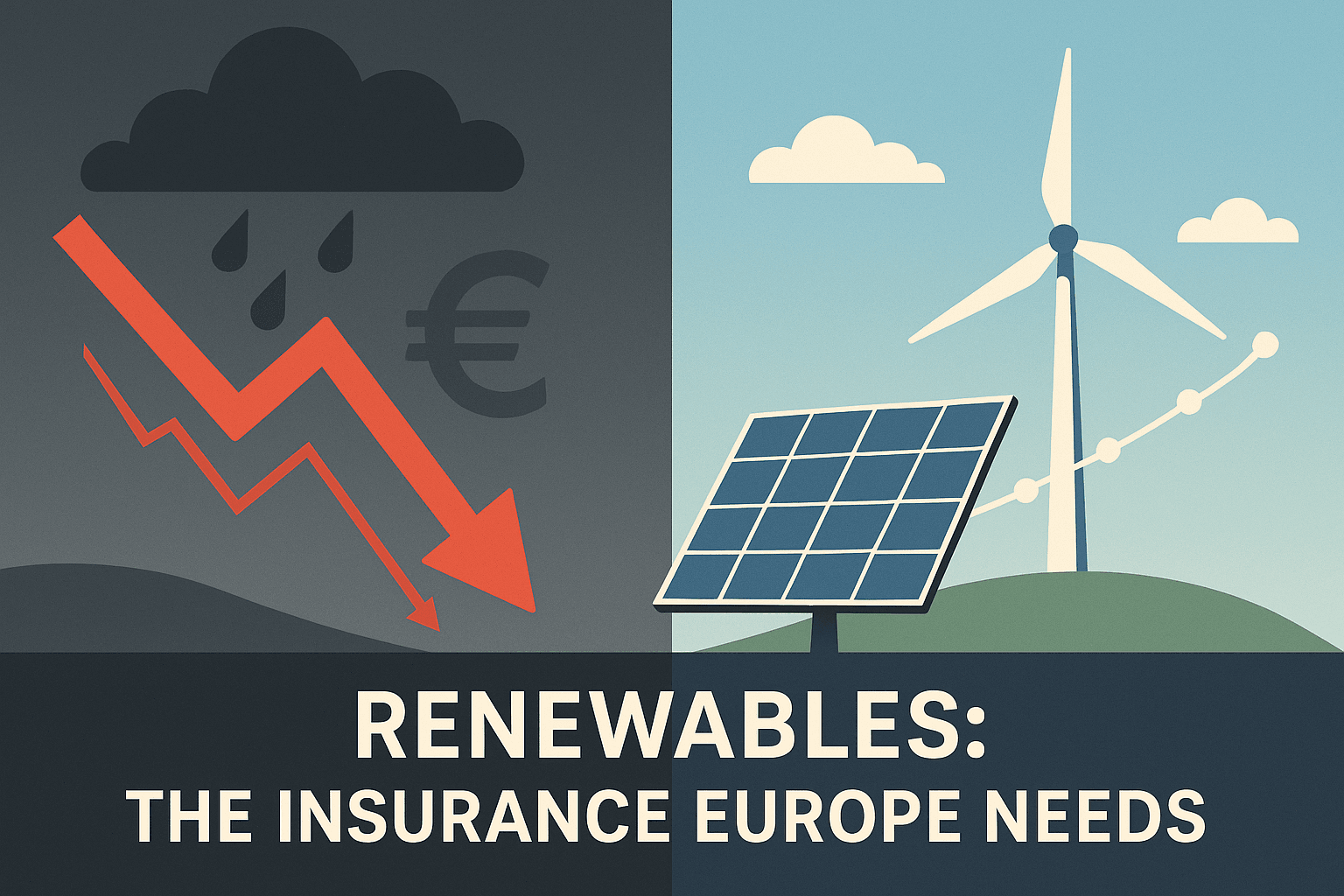Physical Address
304 North Cardinal St.
Dorchester Center, MA 02124
Physical Address
304 North Cardinal St.
Dorchester Center, MA 02124

Europe’s electricity prices remain dangerously exposed to fossil fuel volatility—especially natural gas. A new study in Nature Energy offers fresh insight into how renewables can break that link, stabilizing prices and protecting economies. The concept is simple but powerful: the more solar and wind we deploy, the more insulated we are from fossil price shocks.
Dr. Daniel Navia and Professor Laura Diaz Anadon from the University of Cambridge modeled European electricity markets under future energy scenarios using a novel metric called β-sensitivity. This measures how much electricity prices increase when gas prices go up. Currently, a €1 rise in gas leads to a €1.4 rise in electricity. But if countries meet their 2030 solar and wind targets, that falls to €1. With 30% more renewables, it drops below €0.5. This isn’t just technical modeling—it’s economic insurance. Renewables, the study argues, act like an energy insurance policy, shielding homes, businesses, and governments from price swings. In policy terms, this could help reduce inflation, protect household budgets, and give industries more predictable costs.
Importantly, it is also found that years with extreme price spikes would become less frequent and less intense. By 2030, power prices exceeding €139/MWh would be about 20% less likely across Europe. Countries like Sweden and Norway would see even greater stability.
But here’s the challenge: while more renewables stabilize prices, they can also depress revenues for solar and wind producers especially if markets don’t evolve. This “cannibalization effect” means new policy tools are needed, such as long-term contracts or support mechanisms that reflect the insurance value of renewables. That value is currently ignored in most planning models. Private investors don’t capture it. And governments rarely factor it into energy economics. But this study suggests they should. A more stable electricity market isn’t just good for climate—it’s good for the economy.
This finding resonates far beyond Europe. For countries like Australia, India, or the U.S., where fossil price volatility remains a major risk, renewables offer more than clean power. They offer macroeconomic resilience. And that could reshape how we value clean energy in the years ahead.
Subscribe to Renewable Tech Insights for weekly updates on the world’s most innovative renewable energy breakthroughs. From agrivoltaics to clean hydrogen, we decode the tech and the policies shaping our net-zero future.
📨 Sign up for our newsletter